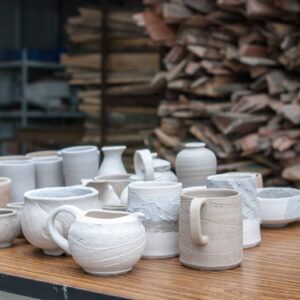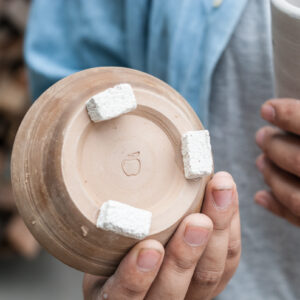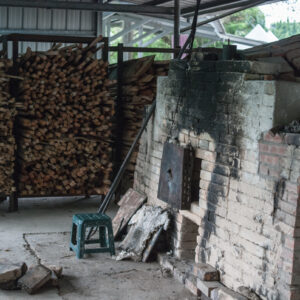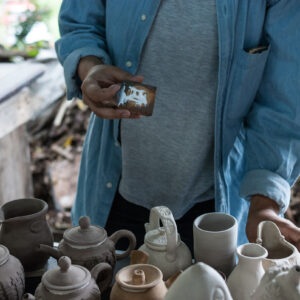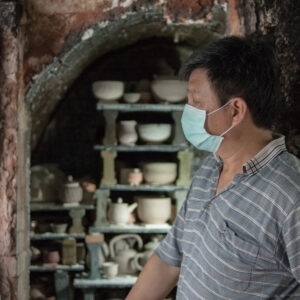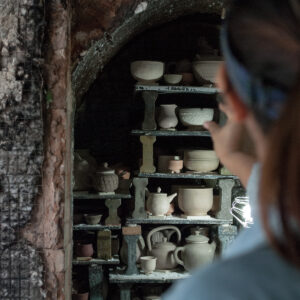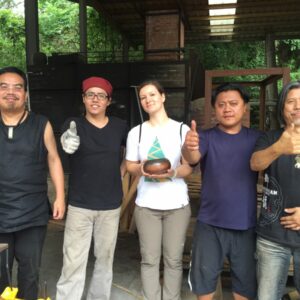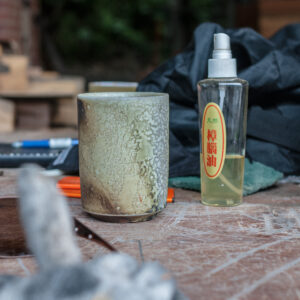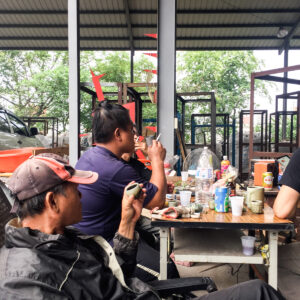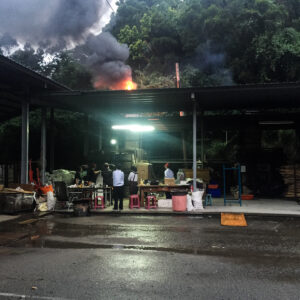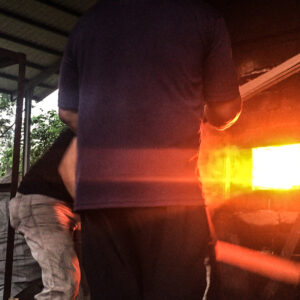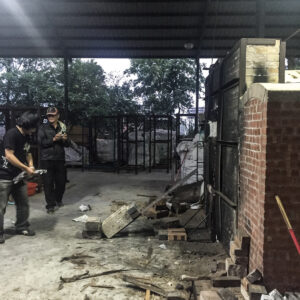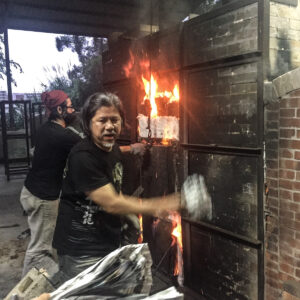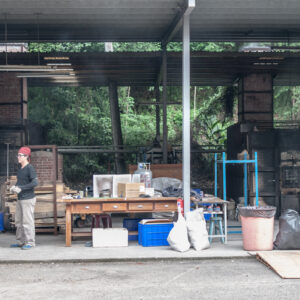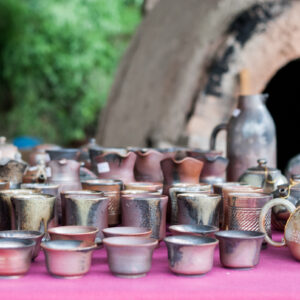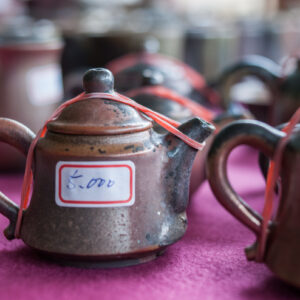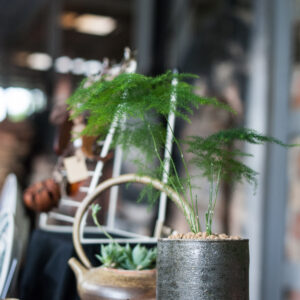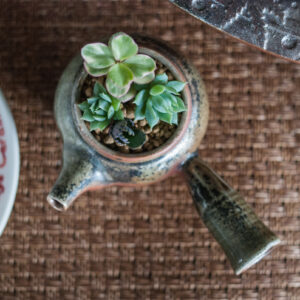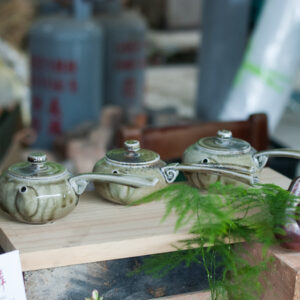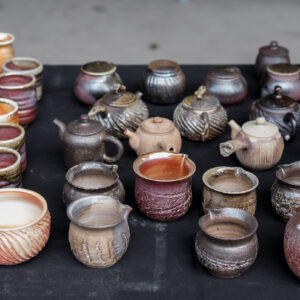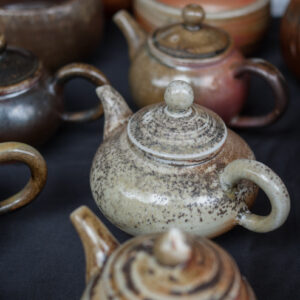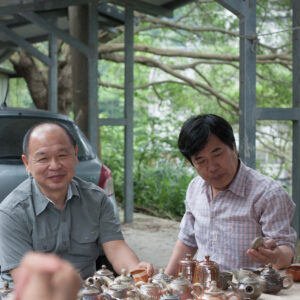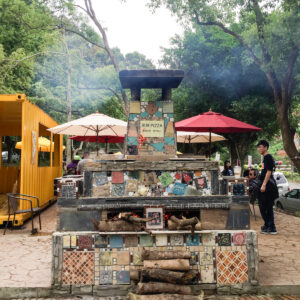TAIWAN, PART 4: Asia-Pacific Institute of Creativity
We visited Asia-Pacific Institute of Creativityon last day of April, when Institute celebrated it’s birthday. Institute has 7 different kilns. Students, Miaoli county wood-firing association and other wood-firing teams can use them regularly. On Institute’s birthday 4 kilns were fired at the same time.
We put our works into 2 of the kilns, which were about to be fired by members of Miaoli wood-fire association. One was a Downdraft kiln and the other one an Anagama kiln.
Mr. Wu, an association member, walked me through the kiln site and explained different kiln designs. The major problems occurring during firing, physical properties of fire, laws of gravity and other firing details. During that talk, I learned many new things and have seen the many-face kiln designs and firing techniques. Every team fires differently, get different results, and so do the kilns. It all depends on what is your preference and your thinking. For example, Mr. Lin’s emphasis is optimal use of energy, sustainable firing and high temperatures. The combination of that gives you effects of warm colors of gold, orange and brown, with olive ash colors. This means that reduction is almost avoided if the firing efficiency is maximal. For someone else, cold grey, blue and green colors are nicer. They fire completely different; use lower temperatures and heavy reduction, which means a lot of black smoke & air pollution, which also means loss of energy in a form of carbon smoke. In Taiwan, bronze and gold firing results with green melted ash are most popular and to achieve these gold effects they needed another way of firing.
For people who are new to wood-firing, I will explain a little bit more. Let’s say we have white clay. We fire this clay in three different kilns. We leave the clay unglazed & uncolored. In the first kiln, which is electric, the white clay is fired to completely white and non-shiny ceramic. In the second kiln, which is a wood kiln, it is fired to low temperatures and heavy reduction, the same clay piece is fired to grey-brown colors and grass-green ash, which were produced during firing, deposited onto the piece in the kiln and melted. Yes, melted ash is like green crackled glaze. The third kiln uses high temperatures and almost no reduction. The same clay is fired to orange and red colors, with ash in olive color.
At the Institute we met a group of 4 people just finishing a 7-day firing. Of course we were interested in their way of firing too. They explained that they use rather low temperatures, around 1230°C, and very heavy reduction. Their grays and browns go to almost black and greens towards cold green. On the sixth day they pulled out a few pieces to see how they were progressing with color development and ash build-up. We looked and discussed these pieces. One in particular stood out. It was a real gem. Small simple cup, but with a surface so rich and diverse from each side, that everybody took it in their hands and spent quite a few minutes admiring it. They said they were going to finish the firing soon and close the kiln so we decided to wait till they do so.
In between, we ate food from students stalls, fresh wood-fired pizza (wood-fired, you see), bought cheap wood-fired students work from University market, looked at show-rooms, classrooms and what I enjoyed most — talked to different artists and drink tea.
I bought many ceramics, and tea aged in lemon skin, pomelo skin and orange skin. You cut and drink tea together with skin and it tastes amazing. Thick pomelo skin is dried and preserved in a traditional way that gives an amazing flavor: cold like mint, sour, sweet and salty and smells like incense sticks, maybe also has it’s structure and strong citrus essential oils. At least that’s what I think it is — pomelo skin.
We open the kiln around May 5th. Do you want to see the results?



